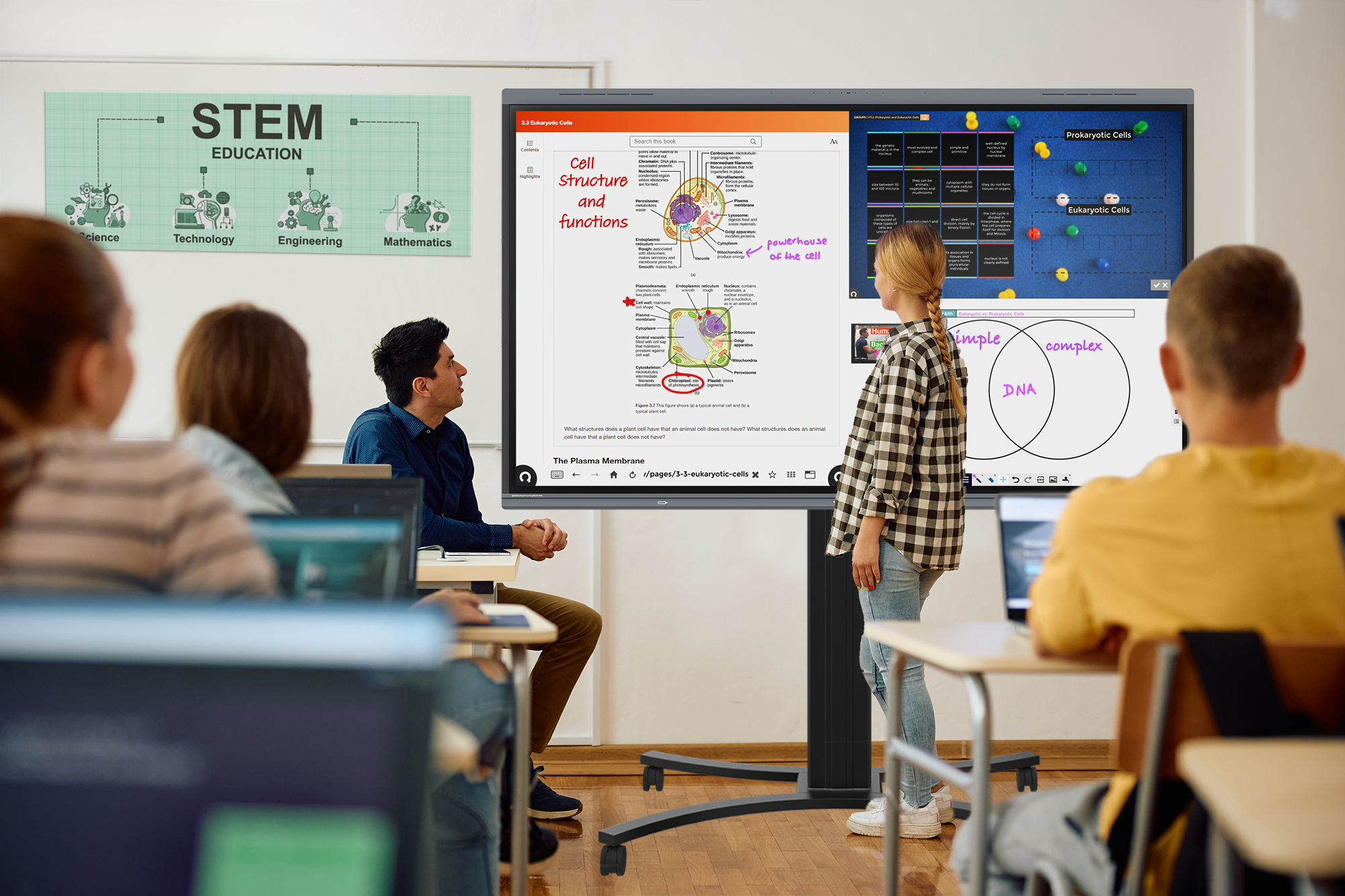Play-Based Learning: What It Is and Why It Should Be a Part of Every Classroom
Play is a defining feature of human development. The impulse to play is hardwired into who we are, and we spend our lives learning and growing through different stages of play. If we want to use play with intent, it is crucial we recognize that play impulse is one thing and understanding the mechanics behind the act of playing is another. The fundamentals of play are not always so natural and they often require careful planning in the classroom. When we intentionally use play to teach and learn, we will make breakthroughs in our educational experiences.
Play-based learning helps engage students of all ages in their education and has cognitive, physical, social, and emotional benefits. In addition, it supports skills like collaboration, communication, and creativity. For teachers, offering play-based learning in the classroom can feel challenging when mandated programs and standardized tests are requirements of many school districts. The key here is finding a balance between academic expectations and the developmental needs of young students.
Defining a Play-Based Approach to Learning
A play-based learning approach involves both child-initiated and teacher-supported learning. The teacher encourages children’s learning through interactions that aim to bring their thinking to higher levels. For example, while children are playing with blocks, a teacher can ask questions that encourage problem solving, prediction, and hypothesizing. The teacher can also intentionally bring the child’s awareness towards mathematics, science, and literacy concepts. For example: How tall can this get? How many blocks do you need? Can you blow the blocks down? Who else does that? These simple questions elevate the simple stacking of blocks to application of learning. Through play like this, children can develop social and cognitive skills, mature emotionally, and gain the self-confidence required to engage in new experiences and environments. The benefits of play-based learning do not end in the classroom – they stay with us throughout our lives and are a piece of the foundation of who we are and who we become.
Understanding the Value of Play
When children engage in both real‐life and imaginary activities, play can challenge their thinking. During play, children use all of their senses, convey their thoughts and emotions, explore their environment, and connect what they already know with new knowledge and skills.
During play, children test out new knowledge and theories and reenact experiences to solidify understanding. And it is here where children first learn and express symbolic thought, a necessary precursor to literacy. Play is the earliest form of storytelling, and it is how children learn how to negotiate with peers, problem-solve, and improvise.
Also, it is in play that basic social skills, like sharing and taking turns, are learned and practiced. Children also bring their own language, customs, and culture into play. They learn about their peers and themselves in the process.
Temple University Professor Kathy Hirsh-Pasek, an expert in developmental psychology, said, “Learning how to play teaches collaboration and community building, which aids language development through listening and talking. Language, in turn, is necessary for reading, writing, math, and every subject after. Critical thinking skills are also developed by creativity and innovation learned through play. And play teaches skills such as the confidence to learn from failures.”
How Teachers Can Encourage and Promote Play-Based Learning
Teachers can enhance play-based learning in their classrooms by creating environments in which thought-out play experiences can happen. Teachers have the amazing ability to understand the nuances of education and how learning works, and they know how to apply different learning methods to each student, one at a time. Teaching children how to learn is a strong need in every grade level, and one approach is not going to work for everyone. Play-based learning is an extremely broad learning method and has the capacity to fluctuate so that every student, regardless of age, gender, ethnicity or educational level, can thrive and flourish.
Every student learns through play in a variety of different ways. Some use play to explore the world, others to gain language...the list goes on forever. We have also recognized that play is a natural impulse—like getting hungry, or crying when upset, children play. Educators should learn into this natural impulse and find ways to increase the time spent on play in the classroom. Whether you create centers for dramatic play, bring in costume boxes, explore problem solving with board games, or design your own multiplication board game or even better, have your students design that game, lean into it. If you use what is part of a child’s fabric to enhance instruction and learning, there are no limits.

























